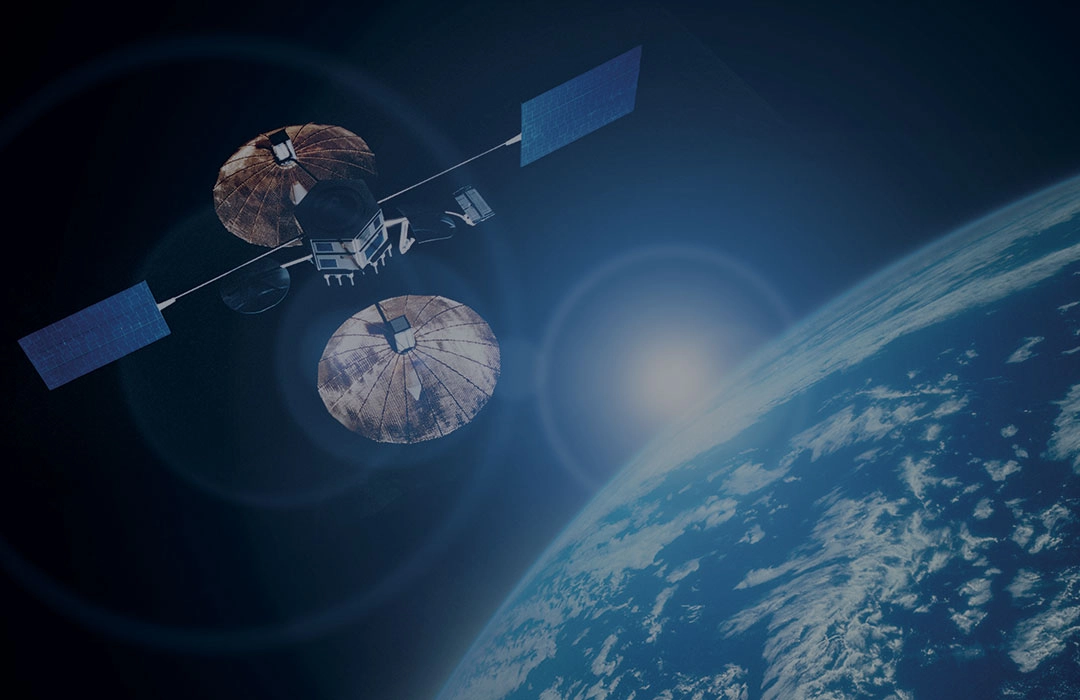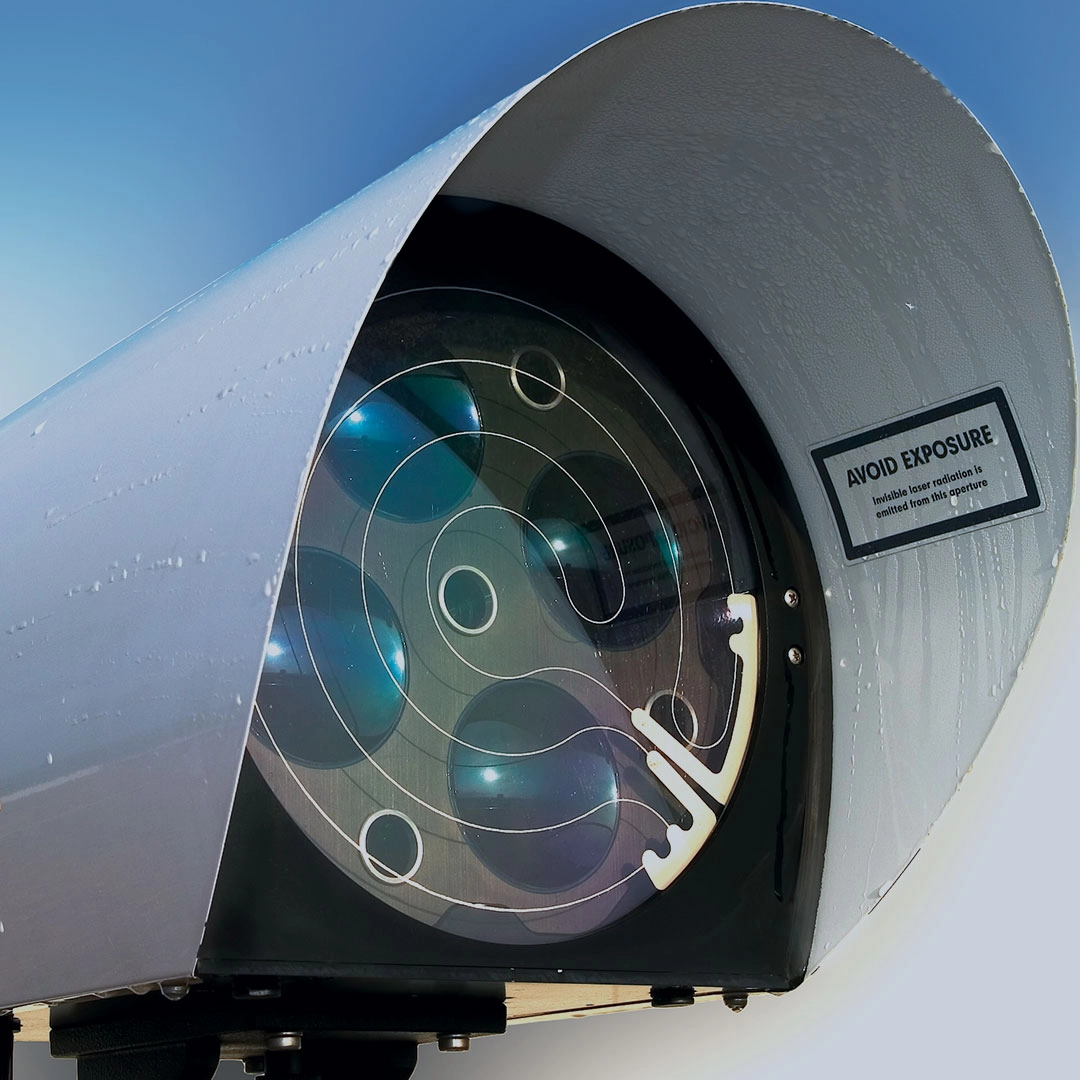Home » Industries »
Emerging Industries
Satellite Communications
The space industry is experiencing rapid growth, driven by technological advancements and the emergence of commercial space companies. Many companies are developing massive Low-Earth Orbit (LEO) constellations with hundreds or thousands of satellites to provide communication services with low latency and global coverage to areas where traditional ground infrastructure cannot reach. These constellations are an attractive solution to close the connectivity gaps worldwide.
Coherent optical technology can become crucial for satellite networks since it enables higher data rates and improves receiver sensitivities and link signal-to-noise ratios. The manufacturing processes of these optical systems can learn lessons from their electronic counterparts regarding space certification and standardization, ensuring compatibility with the harsh space environment.


Free Space Optical Communications
Whenever you want to send data from points A to B, photonics is usually the most efficient way of doing it.
Outside of traditional fiber communications, EFFECT Photonics sees opportunities in free-space optical (FSO) communications. In mobile access networks or satellite link applications, FSO can provide solutions with more bandwidth capacity, security features, and less power consumption than traditional point-to-point microwave links.
These FSO systems could also benefit from coherent optical transmission similar to the one used in fiber optics. Offering these systems in a small package with integrated photonics will benefit the access network and space sectors greatly.
To know more, read our explainer on free-space optics below.
Light Detection and Ranging – LIDAR
LIDAR is becoming an increasingly important technology in the world, with applications in self-driving cars and other kinds of scanners. However, LIDAR systems are too large, heavy, and power-hungry for widespread use in these applications.
Integrated photonics can replace the bulk, discrete optics in LIDAR with smaller, integrated devices that can be manufactured at scale. For example, the rotating scanning laser of LIDAR systems could be replaced with phased laser arrays with beamforming technology. Photonic integration will make LIDAR systems smaller, more efficient, and affordable.


Agriculture
The world will approach 10 billion people by 2050, and this requires precision agriculture solutions, with robotics and sensors that allow plants and animals to receive exactly the treatment and care they need. This precision leads to greater yields, more sustainable crops and animal farming, and greater food safety.
By helping create smaller, more efficient, and more affordable sensors and LIDAR systems, integrated photonics can become essential to improving agriculture and food safety. For example, advanced sensors can help detect protein levels of contaminants in crops and fruits, or observe water quality that affects the health of plants and animals.
Quantum Key Distribution
Quantum computers could crack the digital signatures that ensure the integrity of updates to apps, browsers, operating systems, and other software, opening a path for malware. Given these risks, arguably the most secure way to protect data and communications is by fighting quantum with quantum: using security protocols that harness the power of quantum physics laws. That’s what quantum key distribution (QKD) does.
Photonic devices will likely dominate the quantum communications and QKD application spaces, pointing to a new era of quantum photonics. One way to overcome the limitations of current quantum devices and reduce the cost per device would be to integrate every QKD function—generating, manipulating, and detecting photonic qubits—into a single chip.
Read more about quantum photonic technology below.
